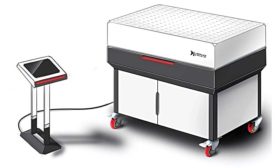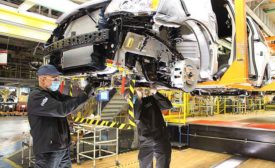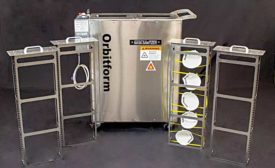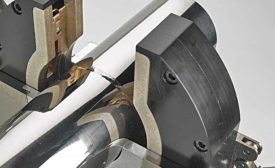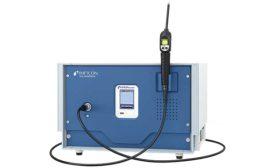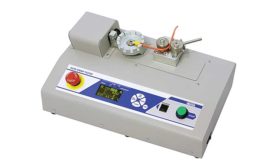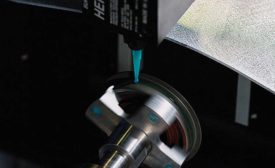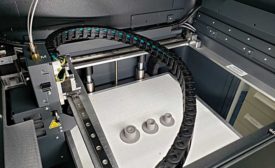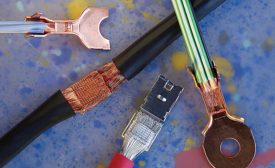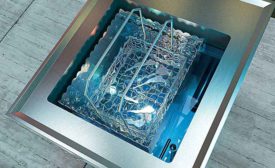ARTICLES
High-velocity collisions create strong welds in dissimilar materials.
Read More
Health and Safety in Post-Pandemic Manufacturing
A comprehensive approach will ensure safety and productivity.
July 15, 2020
How to Speed Up Leak Testing
Leak test manufacturers offer tips to make the process more efficient
May 5, 2020
Common Mistakes When Dispensing and Curing Light- Curing Adhesives
Avoid these common mistakes when dispensing and curing light-curing adhesives
March 5, 2020
Get our new eMagazine delivered to your inbox every month.
Stay in the know on the latest assembly trends.
SUBSCRIBE TODAY!Copyright ©2024. All Rights Reserved BNP Media.
Design, CMS, Hosting & Web Development :: ePublishing
